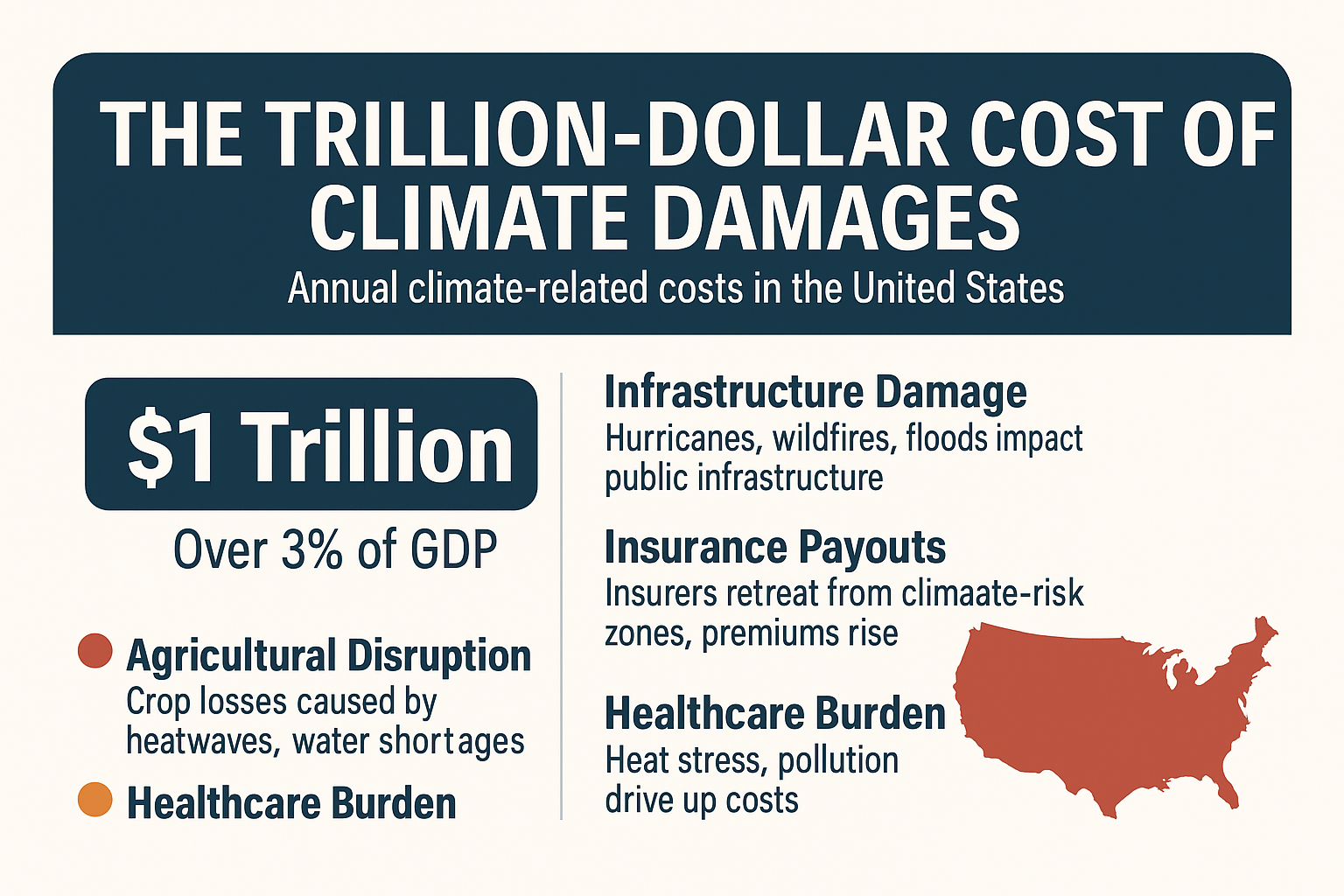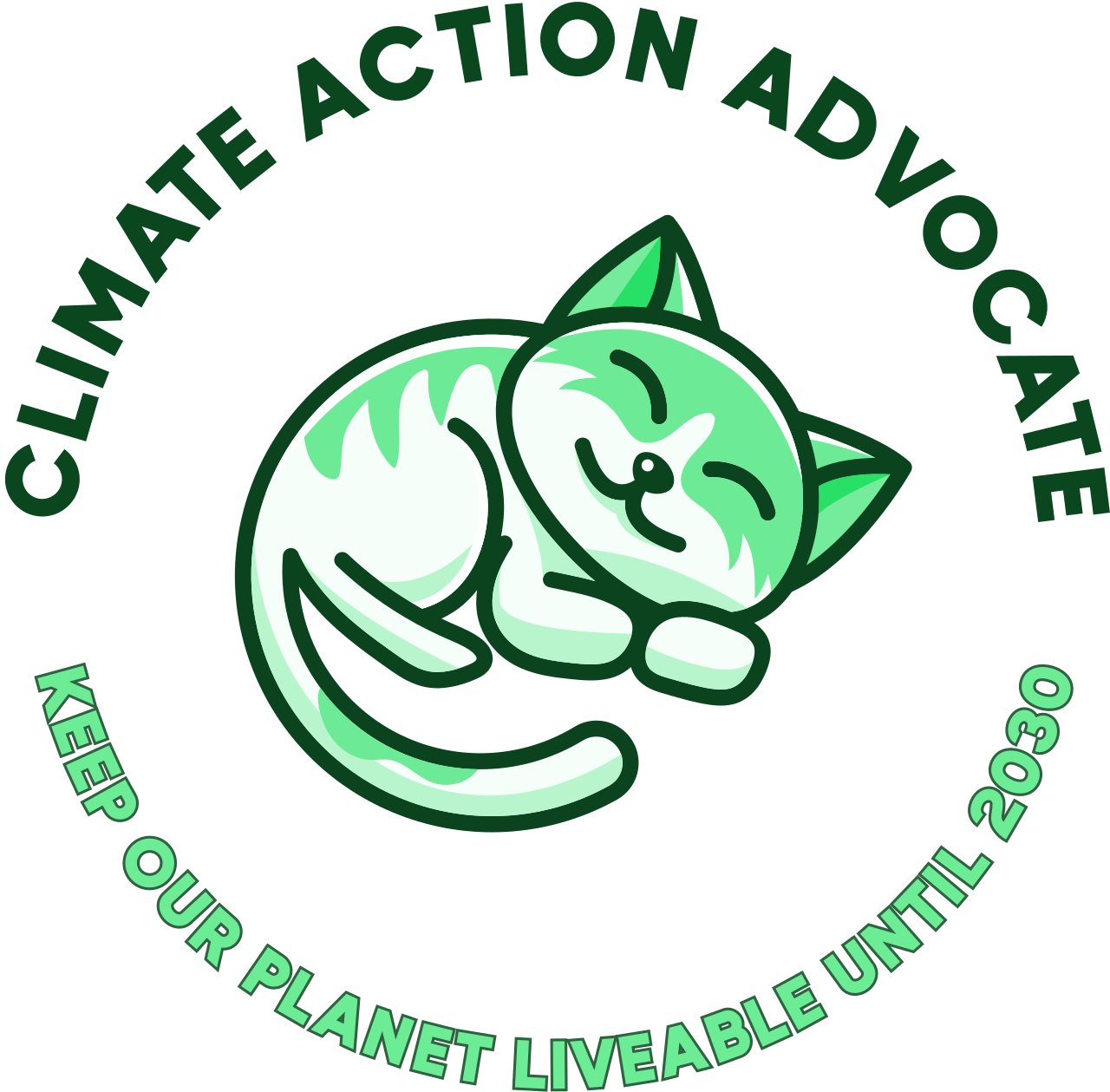
In a sobering revelation this week, Bloomberg reported that climate-related damages in the U.S. now cost the economy nearly $1 trillion annually—equivalent to over 3% of national GDP. This figure isn't just economic; it's ecological, social, and deeply political. As climate impacts intensify, the costs are no longer just future projections—they’re today’s budgetary nightmares.
📊 What the $1 Trillion Really Means
- Infrastructure Damage: Hurricanes, wildfires, and floods are tearing through public infrastructure, demanding billions in repairs.
- Insurance Payouts: Insurers are retreating from climate-risk zones, and premiums are spiking nationwide.
- Agricultural Disruption: Crop losses from heatwaves and water shortages are affecting food security and exports.
- Healthcare Burden: Heat stress, respiratory illness, and vector-borne diseases are driving up healthcare costs.
🧠 Why This Matters
- Climate Change Is an Economic Issue: For decades, climate was framed as an environmental problem. Now, it’s an economic emergency.
- GDP Drag: A 3% GDP impact is comparable to a moderate recession—every year.
- Policy Urgency: The numbers underscore the need for proactive federal investment in mitigation and resilience.
🔍 What Can Be Done?
- Reform Subsidies: Redirect fossil fuel subsidies towards clean energy and climate resilience.
- Invest in Green Infrastructure: Flood-resistant transport systems, wildfire management, and heat-resilient cities.
- Climate Risk Accounting: Mandate climate impact audits for all federal and state-level budgeting.
- Public-Private Innovation: Support clean tech, carbon capture, and regenerative agriculture at scale.
📢 Call to Action
The trillion-dollar price tag should be a national wake-up call. Citizens, policymakers, and businesses alike must recognize that delaying action now simply shifts unpayable bills to future generations.

Member discussion